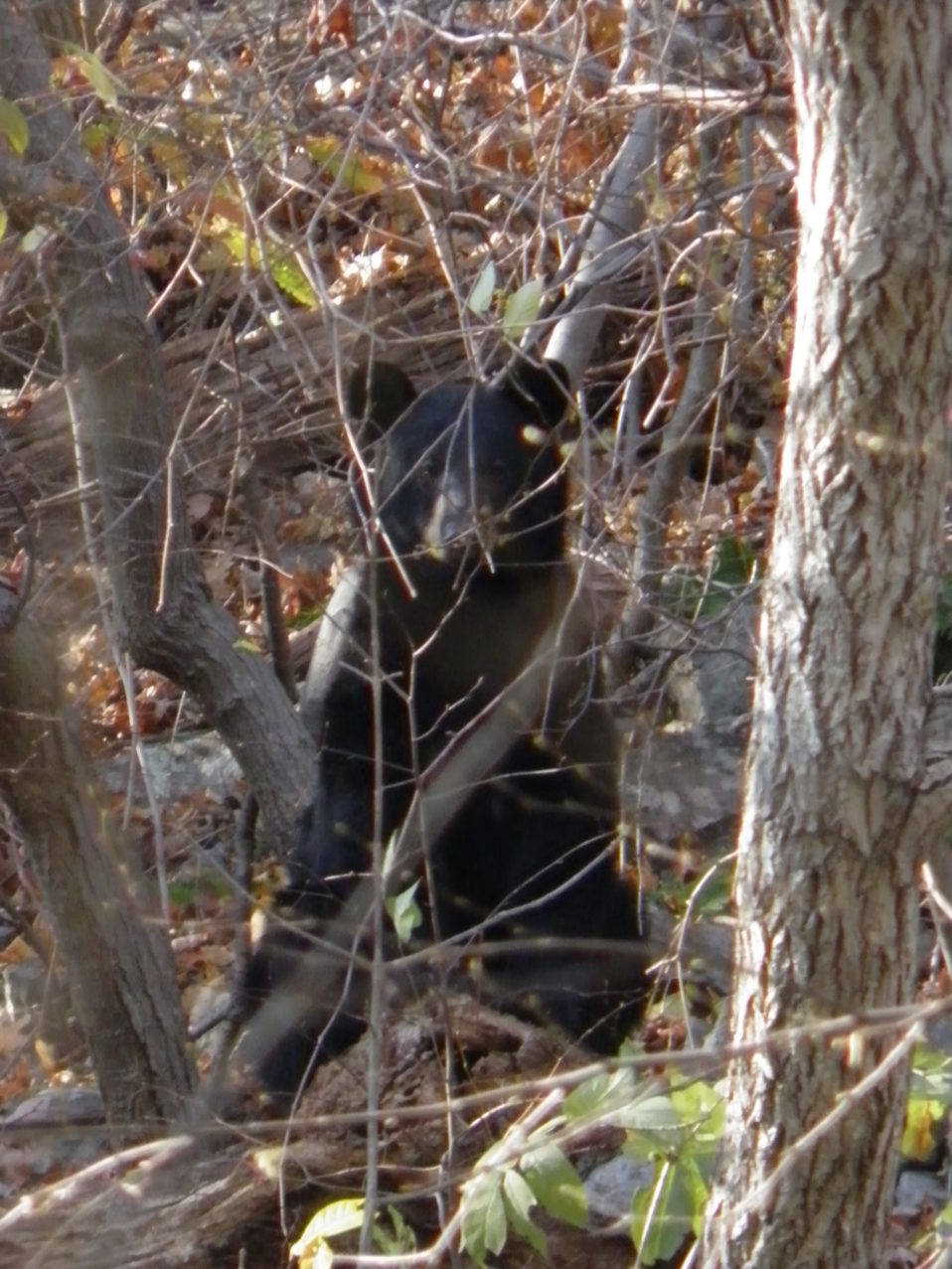On October 13, 2002, New Jersey Audubon, as well as NJ Audubon Director of Forestry Don Donnelly, received a 2022 NJ Urban & Community Forestry Achievement Award by the New Jersey Forest Service, the New Jersey Community Forestry Council, and the New Jersey Tree Foundation. The New Jersey Urban &…...
To Plant a Pollinator Garden is to Believe in Tomorrow!
This past June was a “buzz” in the NJ Audubon Stewardship Department as the department received ten Xerces Society pollinator kit grants for installation at several pollinator habitat restoration projects sites across NJ ranging from inner-city community green space areas to rural agricultural areas and yards to public recreation areas…...
NJ Audubon Monitoring Young Forest Treatment Areas
Since the start of the USDA Natural Resource Conservation Service’s (NRCS) Working Lands for Wildlife Program (WLFW) in 2012, New Jersey Audubon (NJA) has been instrumental in assisting numerous private landowners to enroll in the program, develop habitat management plans, as well as implementing those plans, for the recovery of…...
Conserving Atlantic White-Cedar Forested Wetlands Through Active Forest Management and Restoration
Atlantic white-cedar (Chamaecyparis thyoides) (AWC) wetlands represent a globally rare plant community, and one of ecological, economic, and cultural significance. In the state of New Jersey, this pant community has experienced severe decline, falling from an estimated 115,000 acres pre-European settlement to around 25,000 acres remaining in the state (NJFAP,…...
NJ Audubon Conservation Projects Help Hudson Farm win 2021 Governor’s Environmental Excellence Award for Healthy Ecosystems & Habitat Category
NJ Audubon congratulates Hudson Farm on being selected by NJDEP as the winner of the 2021 Governor’s Environmental Excellence Award for Healthy Ecosystems & Habitat Category! The Hudson Farm property is over 4,000 acres of permanently preserved forest land in Sussex County (~2% of the total forest land in the…...
What Does “Old-Growth” Really Mean? It depends. – Bringing it all together (installment 6 of 6)
In recent weeks, we discussed the concept of old growth forests and its application in New Jersey. We provided some examples from Davis (1993, 2003r) and recent observations and developments in those areas. We asked several questions. In this final installment, we attempt to tie it all together and speak…...
What Does “Old What Does “Old-Growth” Really Mean? It depends. Example 3, Bear Swamp (Installment 5 of 6)
In southwestern NJ, along the Delaware Bay, Davis (1993) described two areas of possible old-growth broadleaf swamp forests. According to Davis, Bear Swamp West is 100 acres of possible old growth forest containing some 400 to 500-year-old black gum, 300-year-old sweetgum, large red maples, and large sweetbay magnolia trees (of unknown…...
What Does “Old-Growth” Really Mean? It depends – Example 2 – Eastern Hemlock Forests of Northern NJ (Installment 4 of 6)
Another example of older forests in New Jersey that have suffered significantly due to lack of management are forests comprised of Eastern hemlock. Davis (1993, 2003) discussed that many of NJ’s historically old growth forest had been dominated by Eastern hemlock, which is a conifer species that can live up…...













